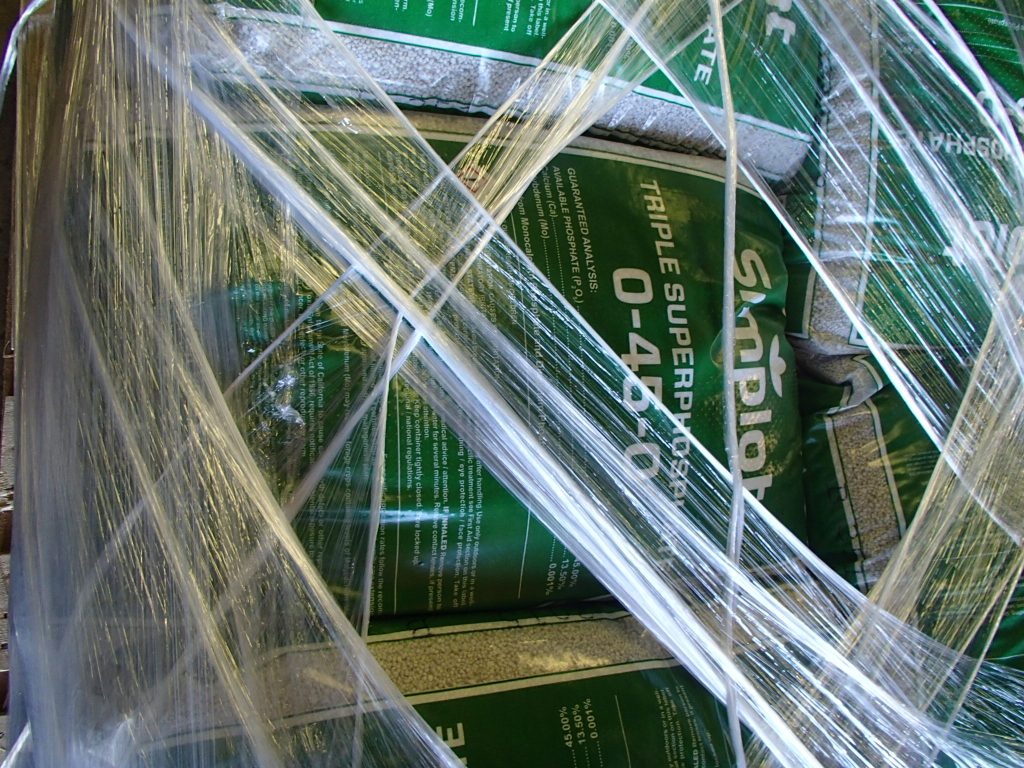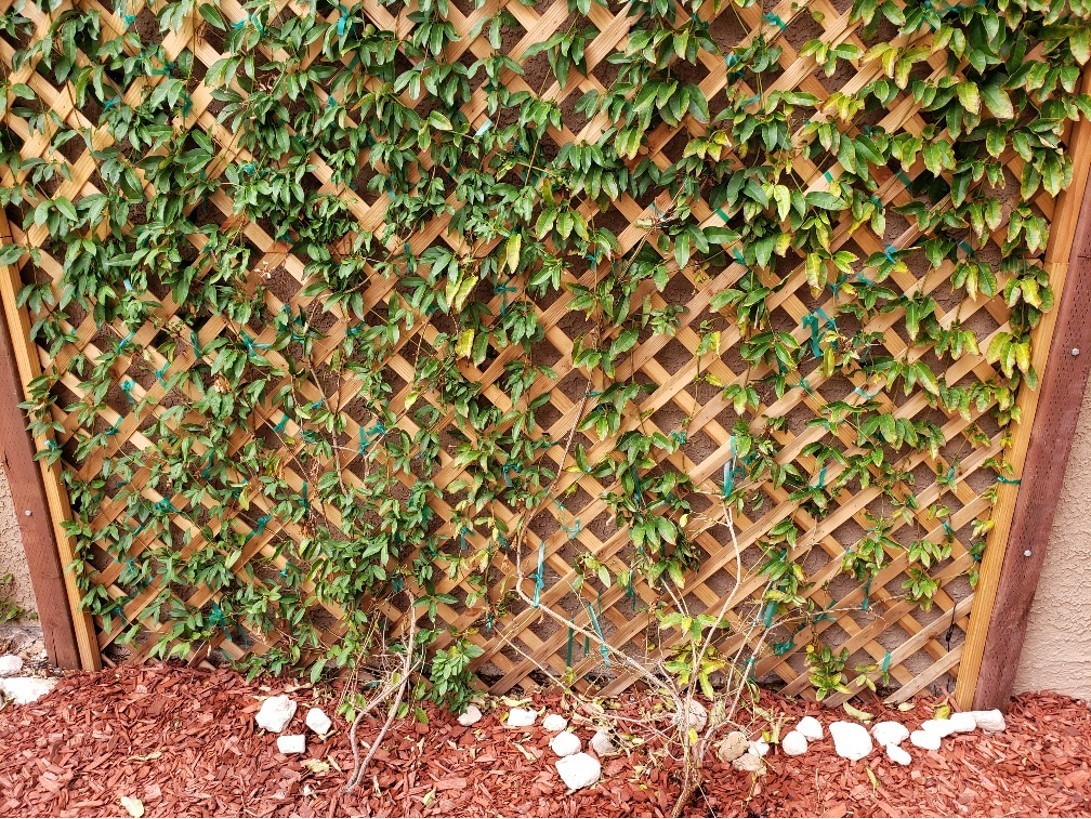Q. I recently planted two vines in my backyard; a Bank’s rose and a tangerine crossvine. I got the amended soil at Viragrow and the wood chip mulch at the demonstration orchard as you suggested. Shall I use wood chips mulch for both vines or not? How often shall I add the amended soil or fertilizer to the vines after having planted them?
A. When in doubt, use wood chips as a surface mulch. Mulch of all types (including rock mulch) saves water and reduces weeding. Wood chip mulch, unlike rock mulch, “rots” into the soil and increases the organics of desert soil. Rock mulch doesn’t.

After planting, apply this mulch in a circle six feet wide from the trunk and 3 inches deep. When the wood chips get sparse, freshen this layer with new wood chips. Keep them away from the trunk until the plant gets woody (five or six years after planting). The idea is to have the wood chips decompose or rot during the first few months and add “organics” to the soil. The wood chips will decompose in less than six months during warm and hot weather.

When using a fertilizer, the type is not important but getting the nutrients it needs when its young, and applied to the right places, is important. After the hole is dug, apply a fertilizer high in phosphorus (something like a 16-20-0) at the bottom of the planting hole (a handful of fertilizer added to the soil at first when backfilling). A single application of fertilizer once a year in early spring is all the plant needs. After planting, use a landscape fertilizer no more than once when you see new growth. Neither vines are truly “desert” in origin.
‘Tangerine Beauty’ Crossvine

The ‘Tangerine Beauty’ crossvine (Bignonia capreolata ‘Tangerine Beauty’) is a native, naturally climbing vine, found in the southeastern United States. It is found from Florida to Maryland and west to Texas. It is a vigorous vine with evergreen leaves and two-inch reddish, trumpet-shaped flowers. It can cling to structures like trellises, fences, arbors, and brick or rock walls. It blooms in the spring with repeat blooms throughout the growing season. It’s an early nectar source for butterflies and hummingbirds, and the flowers attract hummingbirds.
Lady Banks Rose

Unlike the crossvine, the lady banks rose flowers (yellow or white) only once in the late spring and is not a natural climber. Strong support must be provided. It grows to about 25 feet and is evergreen only in warm climates.